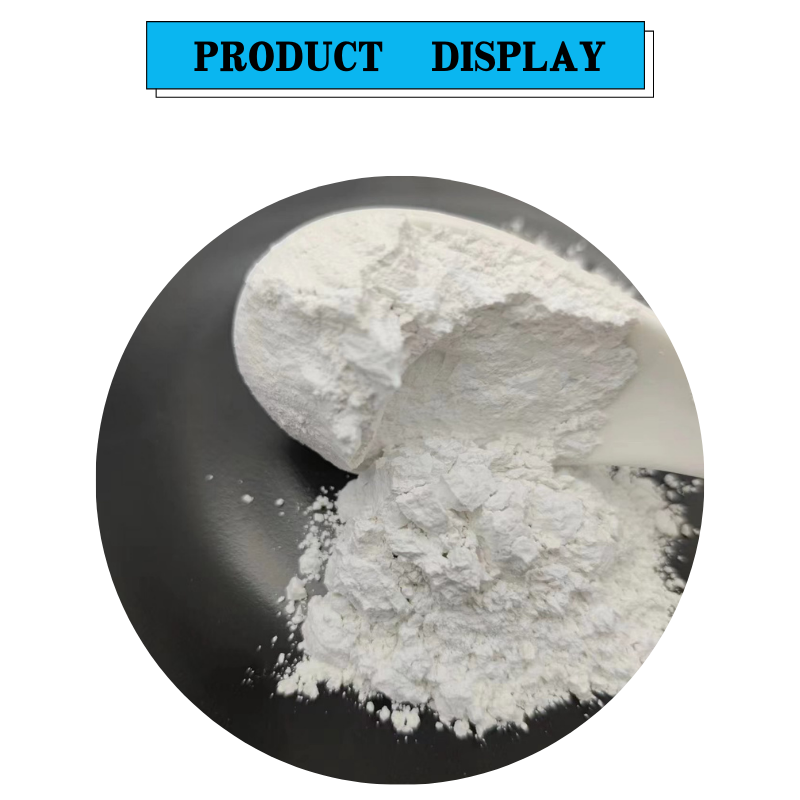
Incorporating Fly Ash into Concrete for Enhanced Strength and Sustainability
The Benefits of Adding Fly Ash to Concrete
Concrete is one of the most widely used construction materials in the world, valued for its strength, durability, and versatility. However, as concerns over environmental sustainability rise, the construction industry is exploring ways to enhance concrete's performance while reducing its ecological footprint. One promising solution lies in the incorporation of fly ash, a byproduct of coal combustion, into concrete mixtures. This article discusses the advantages of adding fly ash to concrete and its impact on the construction industry.
Understanding Fly Ash
Fly ash is produced when coal is burned in power plants to generate electricity. The fine particles that are carried away by flue gases are collected and processed for various applications, including as a supplementary cementitious material (SCM) in concrete. Fly ash is classified into two main types Class F and Class C. Class F fly ash is produced from burning harder, older anthracite and bituminous coals, while Class C fly ash comes from sub-bituminous coals and lignite. Both types of fly ash have unique properties that can enhance the performance of concrete.
Enhanced Workability and Reduced Water Demand
One of the immediate benefits of adding fly ash to concrete is its ability to improve workability. Fly ash particles are spherical in shape, which helps to create a smoother mix that is easier to place and finish. This enhanced workability allows for less water to be used in the mix, leading to a more efficient use of materials. Lower water demand not only improves the concrete's strength but also reduces the risk of cracking caused by excessive moisture loss during curing.
Increased Durability
adding fly ash to concrete

Concrete containing fly ash exhibits improved durability characteristics compared to traditional concrete. The pozzolanic properties of fly ash react with calcium hydroxide in the presence of water to form additional cementitious compounds. This reaction enhances the overall strength of the concrete while reducing its permeability, making it more resistant to moisture intrusion and chemical attacks. As a result, fly ash concrete is less prone to issues such as efflorescence and sulfate attack, increasing its longevity in various environmental conditions.
Sustainability and Reduced Carbon Footprint
The use of fly ash in concrete aligns with sustainable construction practices by recycling waste materials and reducing the demand for Portland cement. Cement production is a significant source of carbon dioxide emissions, contributing to climate change. By substituting fly ash for a portion of Portland cement in concrete, the overall carbon footprint of the construction project can be significantly lowered. Studies indicate that incorporating fly ash can replace 15% to 30% of cement content without compromising performance, leading to a more sustainable construction approach.
Cost-Effectiveness
Another advantage of using fly ash in concrete is cost savings. Fly ash is often more affordable than Portland cement, making its inclusion in concrete mixtures economically advantageous. This cost-effectiveness can lead to lower overall project costs without sacrificing quality. Moreover, the long-term benefits of increased durability and reduced maintenance needs result in further savings over the lifespan of the structure.
Conclusion
Incorporating fly ash into concrete presents numerous benefits that enhance its performance while promoting sustainability. From improved workability and increased durability to substantial cost savings and reduced carbon emissions, the advantages of using fly ash are clear. As the construction industry continues to seek environmentally friendly practices, the utilization of fly ash as a supplementary cementitious material stands out as a viable solution. Embracing innovative materials like fly ash not only contributes to stronger structures but also paves the way for a more sustainable future in construction. As more builders recognize the value of integrating such materials, the potential for environmentally responsible construction practices will only continue to grow.
Share
-
Premium Talcum Powder Enhanced with GPT-4 Turbo | Soft & Long-LastingNewsAug.02,2025
-
Fly Ash Solutions Enhanced by GPT-4 Turbo | Sustainable InnovationNewsAug.01,2025
-
Natural Premium Bentonite Cat Litter - Superior ClumpingNewsJul.31,2025
-
Premium Resin Coated Sand - High Heat Resistance CastingNewsJul.31,2025
-
High Quality Silicon Carbide Grit for Abrasive ApplicationsNewsJul.30,2025
-
High-Quality Ceramsite for Plants & Gardening | Lightweight PebblesNewsJul.29,2025






